The Beginning of the Infinity of Intelligence: My Framework for Solving the AI Externalization Problem
through Structure Cards
I’m here to introduce one of the most important assumptions behind all my engineering projects — 知识函数化, or the functionalization of knowledge.
In this view, everything in our minds — our thoughts, decisions, calculations — whether it’s mathematics, physics, computer science, or philosophy, whether it’s how you choose to live, how you educate your children, or how you treat your spouse — all of it can be understood as a vast network of mini functions.
Each of these functions can be externalized into what I call Structure Cards.
Every card is abstract enough to represent an idea, yet simple enough to express in six fields:
Name, Goal, Input, Mechanism, Condition, Output.
That’s it — the smallest unit of human cognition.
Like a neuron, or a synopsis of thought.
These cards can connect, chain, and form networks. Some are active, others are dormant. Many evolve over time as we learn, adapt, and absorb new knowledge.
This — this is what I’m trying to show you:
how to give structure and executability to the living system of the mind.
Meet Dave.
He’s a father, a lawyer, and a real estate agent — all at once.
He also plays the flute, trades stocks, and spends his weekends hiking in the mountains.
No matter how many titles he holds or how many side ventures he takes on, he’s still just one person — Dave.
All of it — every role, every skill, every fragment of knowledge — lives within one mind.
This is Dave’s head.
We can argue that, yes — biologically, it’s a carbon-based organ filled with neurons and synapses, firing electric signals and exchanging chemicals at millisecond speed.
Yet, beneath that biological machinery lies something far more structured: a living computation of meaning.
Every neuron connection, every mental shortcut, every “gut feeling” is not random — it’s the execution of countless micro-functions, each with its own goal, condition, and output.
Inside Dave’s mind, “LAW,” “ROI,” “LAND,” and “LOST” aren’t just words — they’re functions in a network, constantly re-linked and updated as new experiences come in.
When Dave makes a decision — whether it’s about a case, an investment, or a family matter — his brain calls upon these Structure Cards, runs them through conditions, and outputs a choice.
It’s not chaos.
It’s architecture — the functional structure of knowledge taking form in real time.
You can think of a Structure Card as the cognitive equivalent of a nerve.
We human beings never thought of separating these worlds.
Now, we use one app to evaluate our investment portfolios.
We use another to plan trips, and yet another for legal research or contract review.
Every task gets isolated into its own digital tool, its own interface, its own logic.
But inside the human mind — everything is integrated.
The same brain that calculates ROI is the one that remembers to pick up the kids from school, that feels love, that reasons through a moral dilemma.
We don’t switch minds when we switch roles.
It all happens inside one living system —
ONE MIND, where all knowledge, emotion, and action coexist, interact, and evolve together.
We orchestrate them — like a conductor leading an orchestra.
How do we manage to take on so many roles, run so many calculations, and perform so many functions — all within one brain?
Because we don’t do everything at once. We orchestrate.
It’s like a miniature theatre inside the mind.
Depending on the context — is it a workday or a holiday? Are you in a courtroom, a meeting, or at dinner with your family? — the conductor selects which Structure Cards to activate, and which to let rest.
Some cards form chains, connecting one thought to another in seamless flow. Others remain stored, waiting for the right cue. Some are retired entirely, replaced by new patterns learned through experience.
At every moment, your mind is a living symphony —
cards lighting up, fading out, and recombining —
a real-time orchestration of knowledge, emotion, and action.
Now here comes the most important question of the AI era:
Can we externalize all of this — everything we just talked about — into an AI agent?
An agent that doesn’t just process commands, but actually mirrors the structure of our thinking.
An agent that, like us, operates through a vast network of interconnected Structure Cards —
millions of them —
linked, activated, and evolving together in real time.
Imagine exporting the architecture of your mind:
your knowledge, your reasoning patterns, your habits and intuitions —
into an AI system that can think with you, not just for you.
Not a cold replica, but an extended version of your cognitive self —
a structure-driven intelligence that grows, adapts, and orchestrates knowledge just like you do,
only faster, wider, and endlessly scalable.
That’s my ambition.
To make it possible for you to be a father, while all the other versions of you — the lawyer, the real estate agent, the investor, the musician — continue functioning in parallel, through your AI agents.
Each of them carries a part of your structure — your reasoning, your knowledge, your values — and executes it faithfully.
They send reports back, update their models, refine their understanding — all connected to the same source: you.
You don’t fragment. You expand.
You remain one coherent identity, orchestrating a constellation of intelligent extensions.
And through it all — no matter how many agents you spawn, how many systems you build —
you are still Dave.
In the end, I want to quote from The Beginning of Infinity by David Deutsch (《无穷的开始》):
many of humanity’s greatest leaps in understanding — from genetic information to digital communication — arise from transforming the continuous into the discrete (Deutsch, 2011).
This is the essence of progress — turning the continuous into the countable, the infinite into the iterable, the uncertain into the computable.
Large Language Models (LLMs) have given us a vast ocean of continuous meaning — a seamless vector space where semantics flow endlessly. Yet that very continuity is also their limitation: it’s too vast, too fluid, too parallel. There are no boundaries where thought can settle, no stable edges where intention can take hold.
My first intuition, therefore, is to discretize the raw entropy —
to carve islands of structure from that semantic ocean,
to extract executable units of cognition.
And that’s where Structure Cards emerge —
the discrete form of thought itself,
a bridge between human meaning and machine execution,
between language and life.
Reference
Deutsch, D. (2011). The beginning of infinity: Explanations that transform the world. New York, NY: Viking Press.


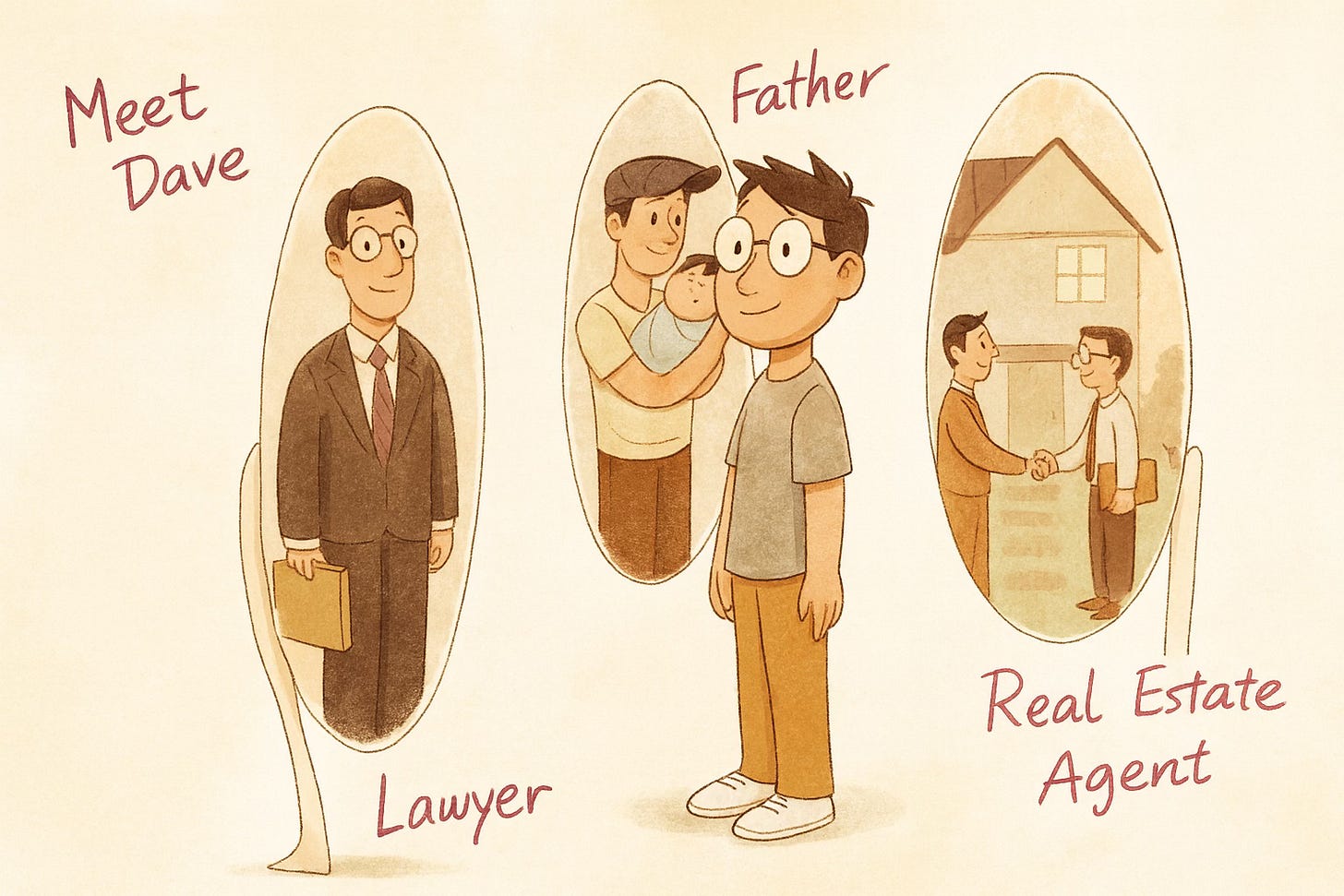
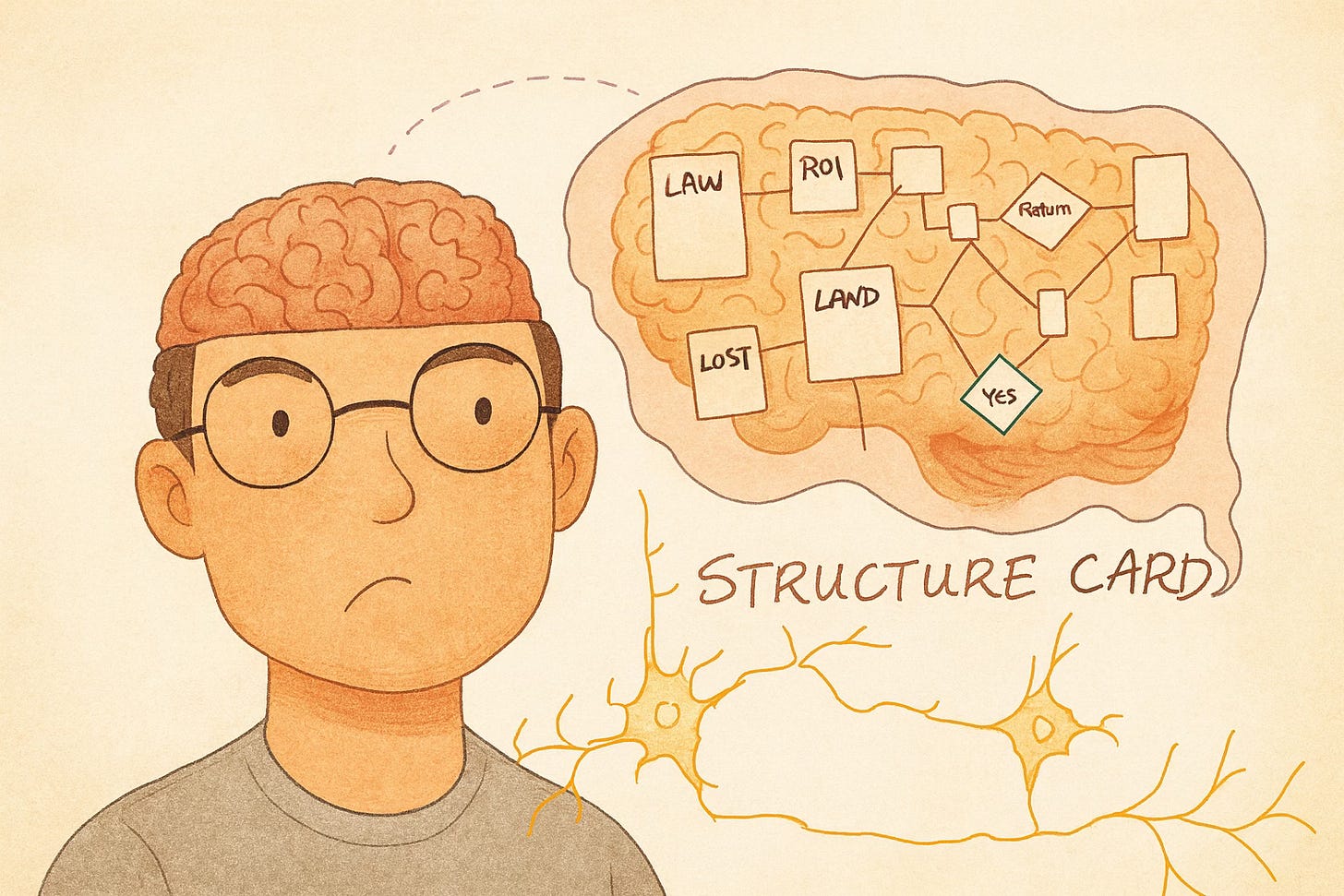

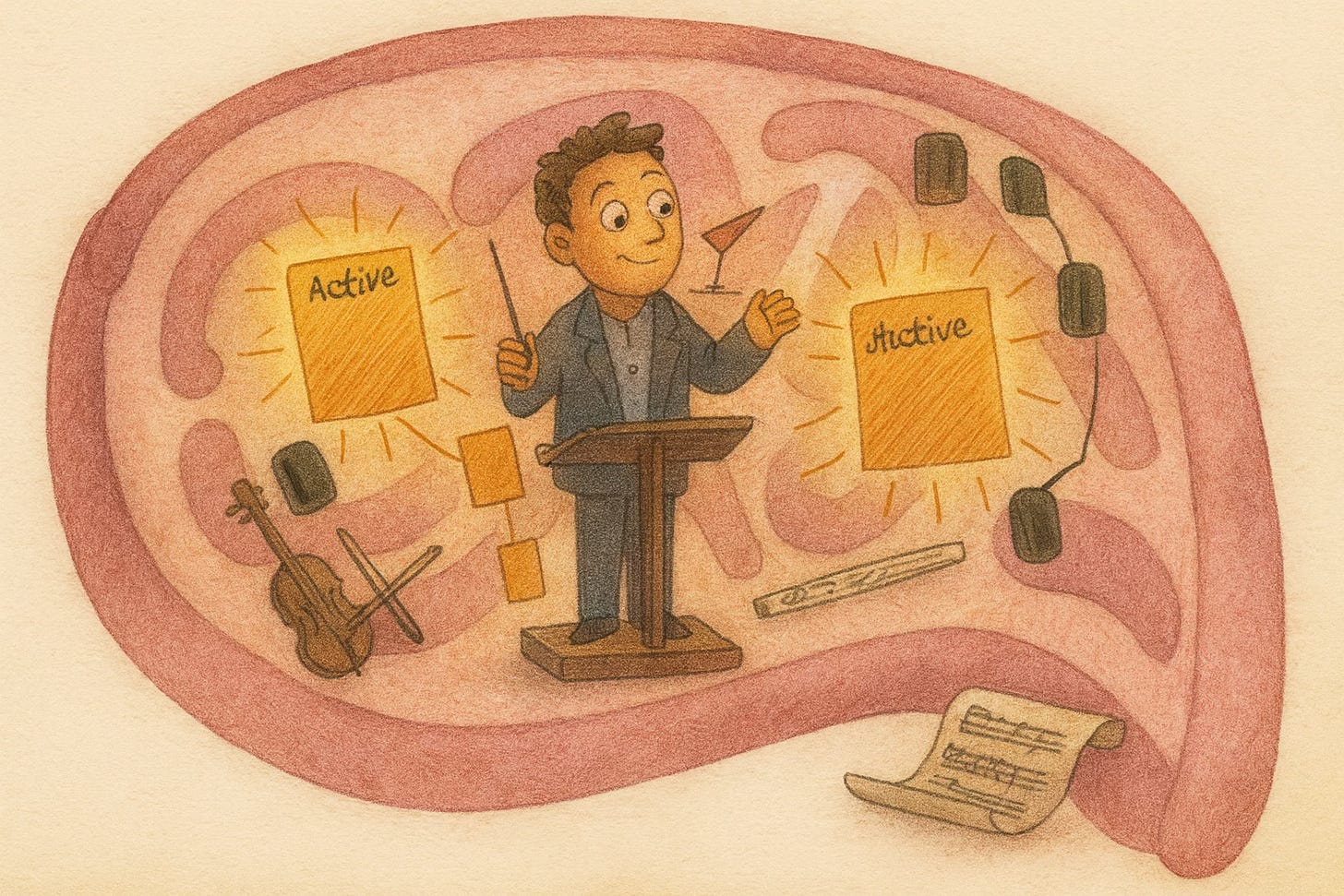

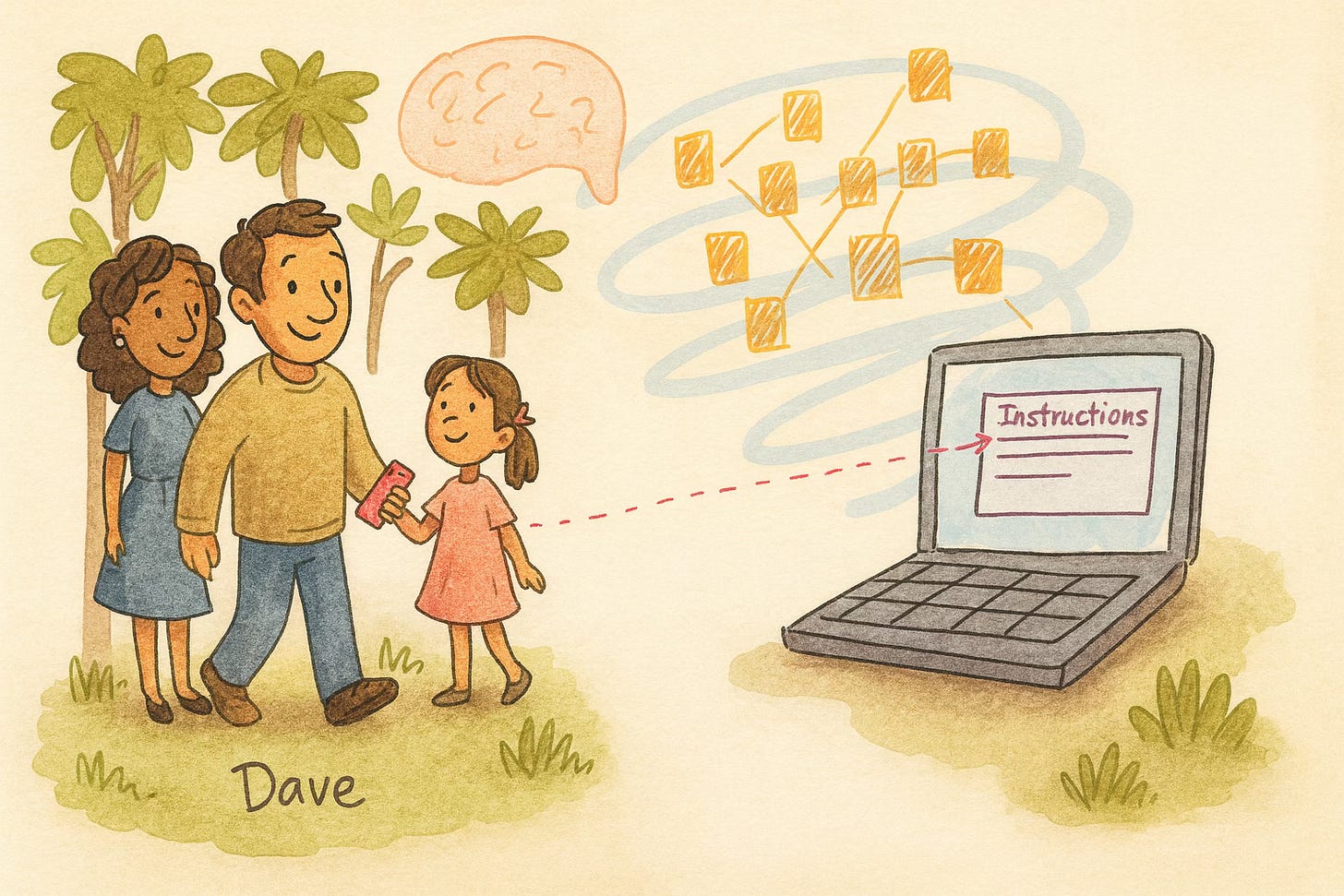
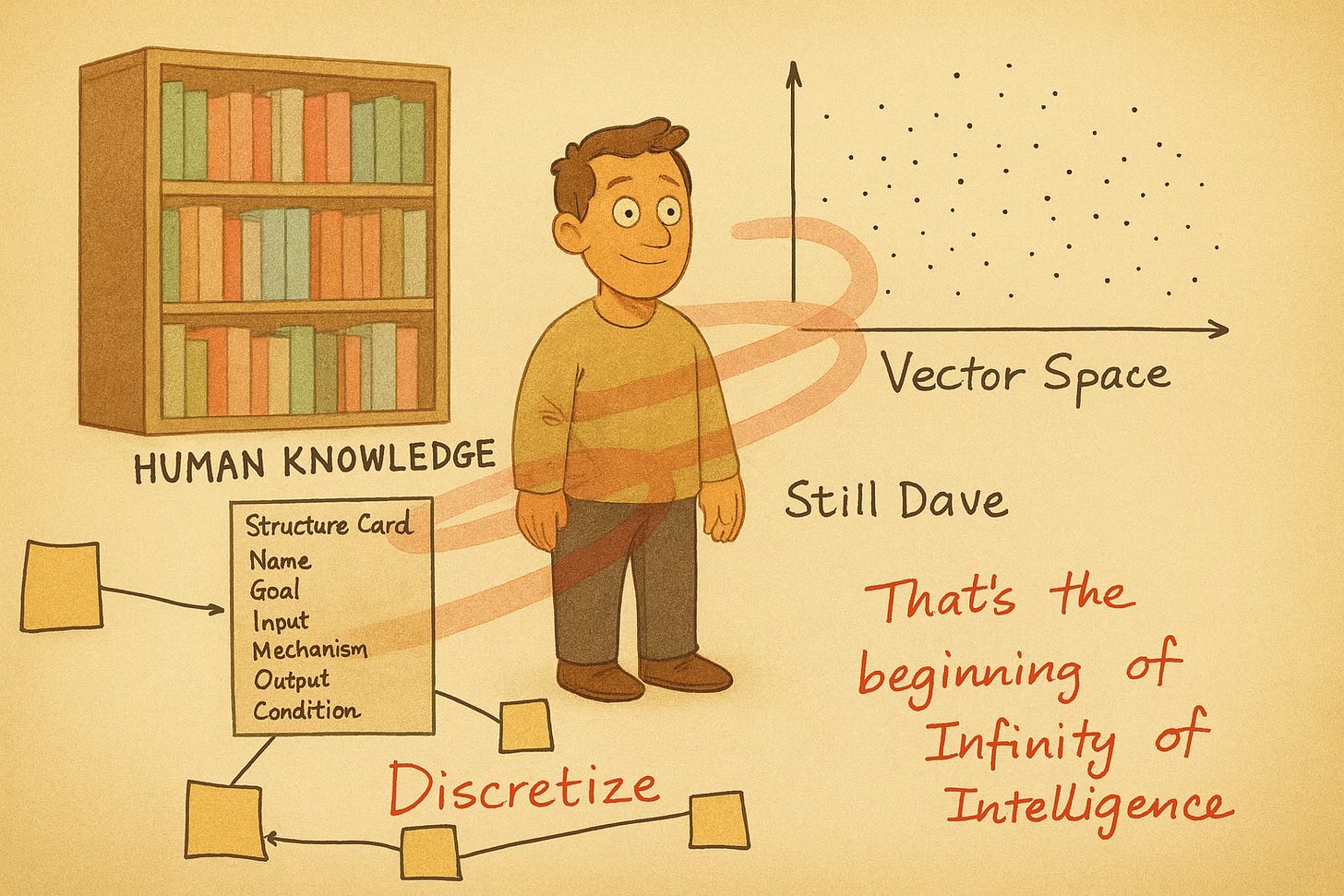
Your intuition just blew my mind inside out! Thank you Susan! I will keep reading your writing!